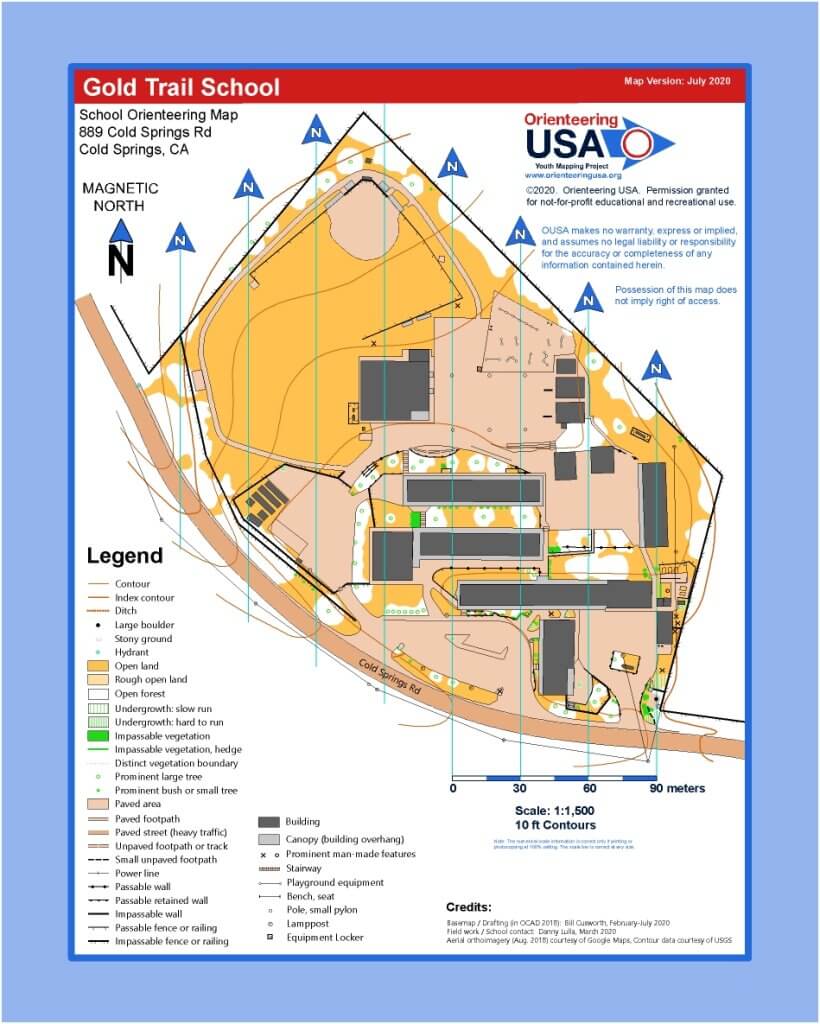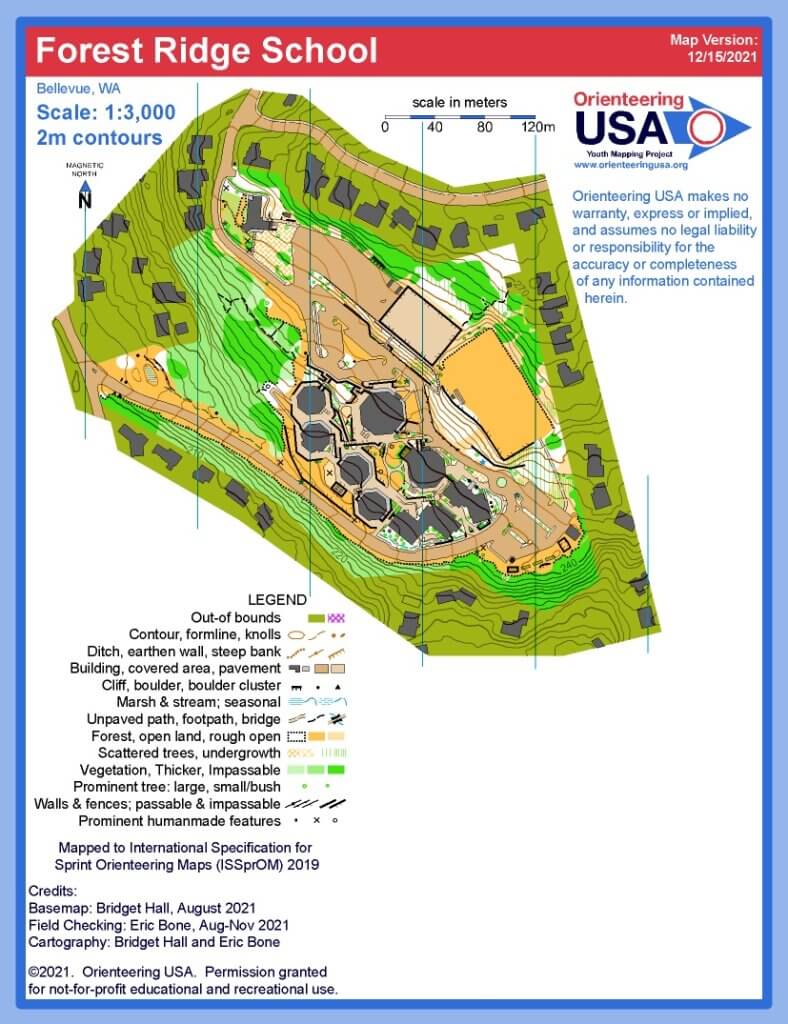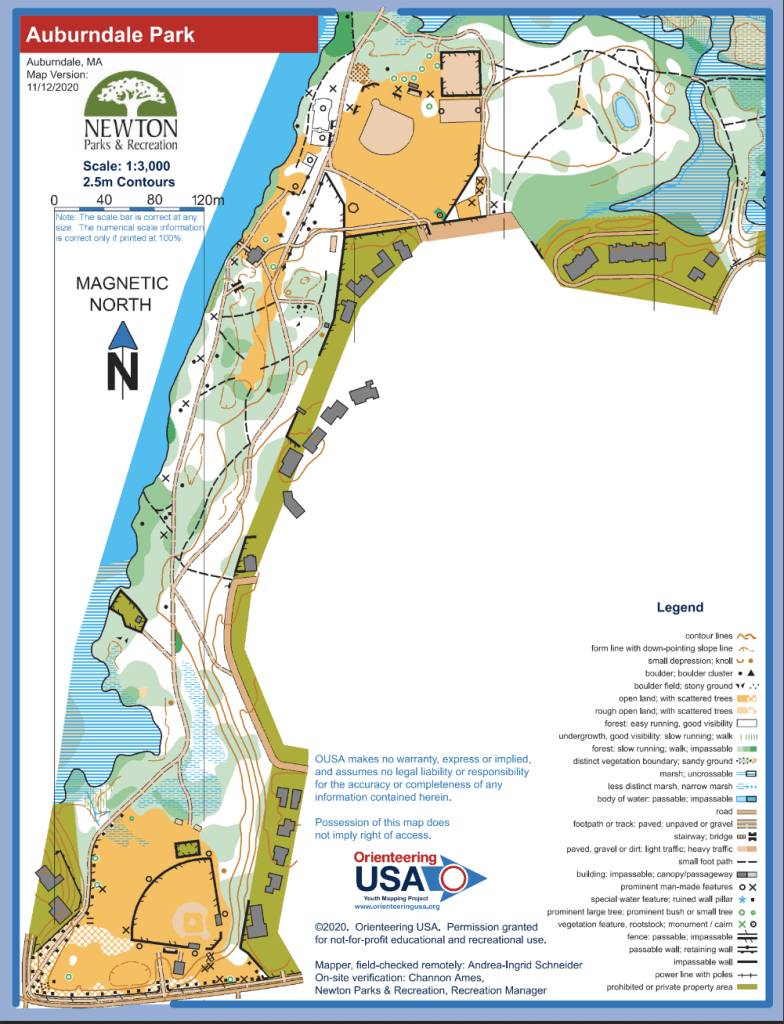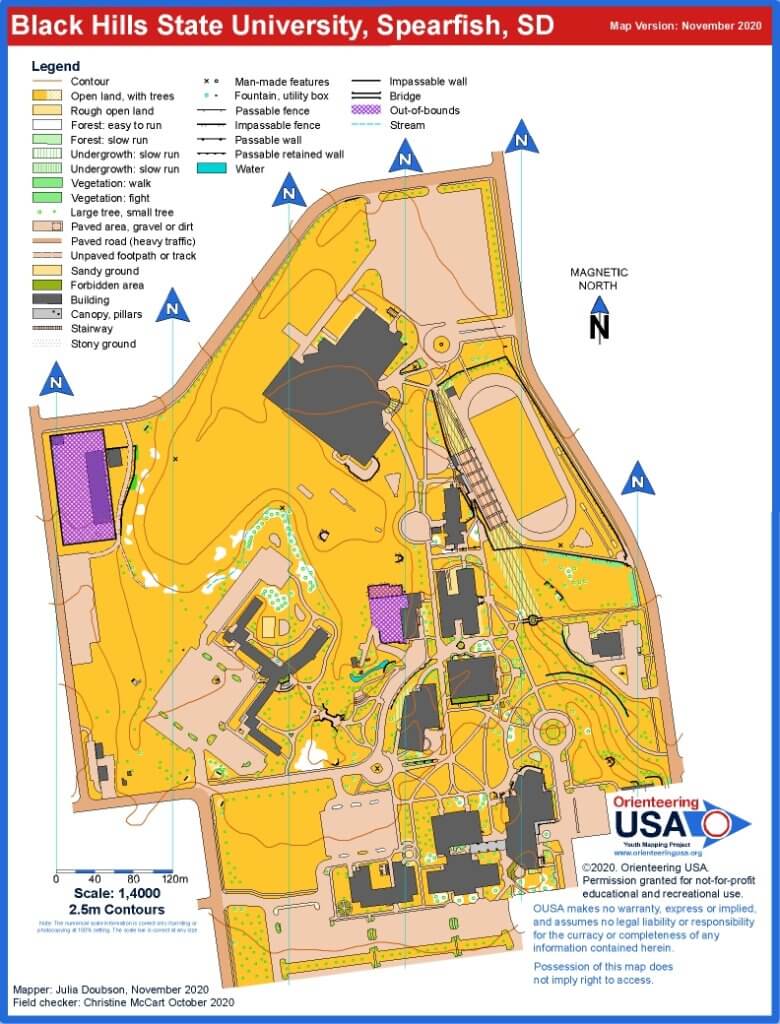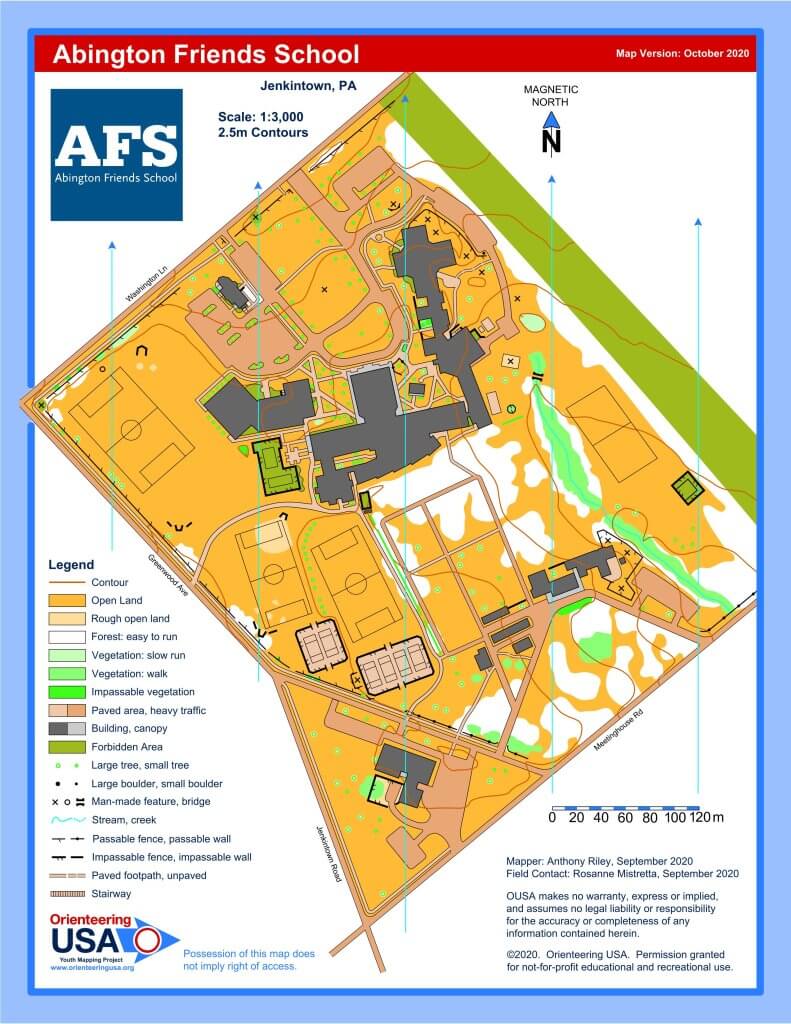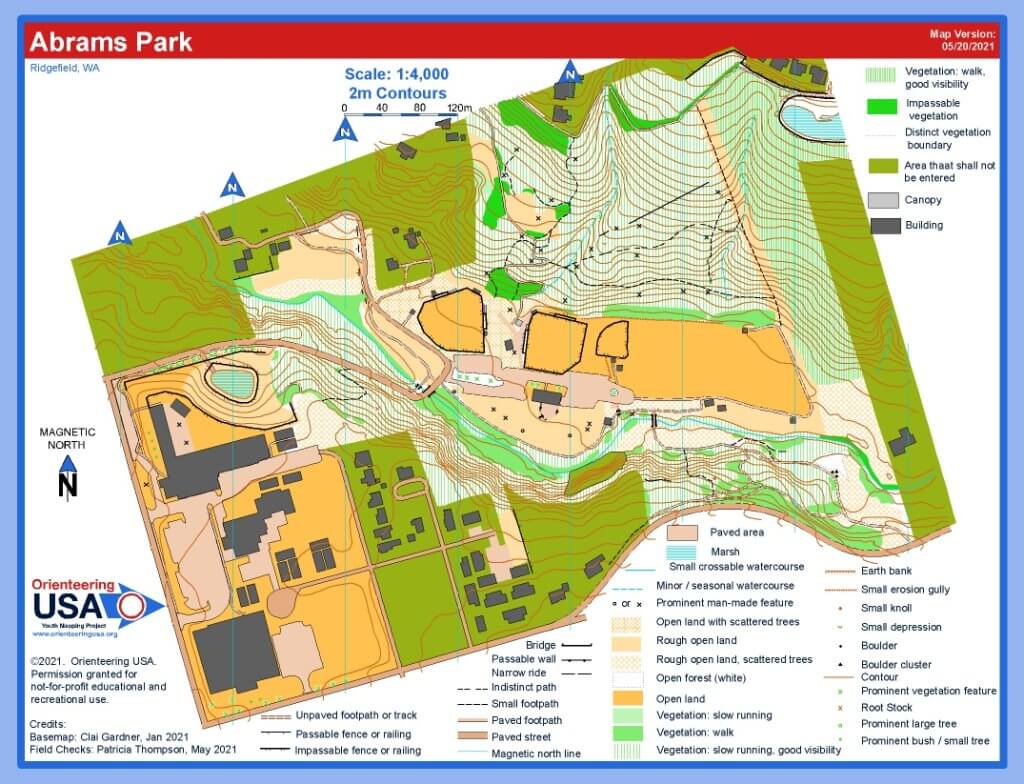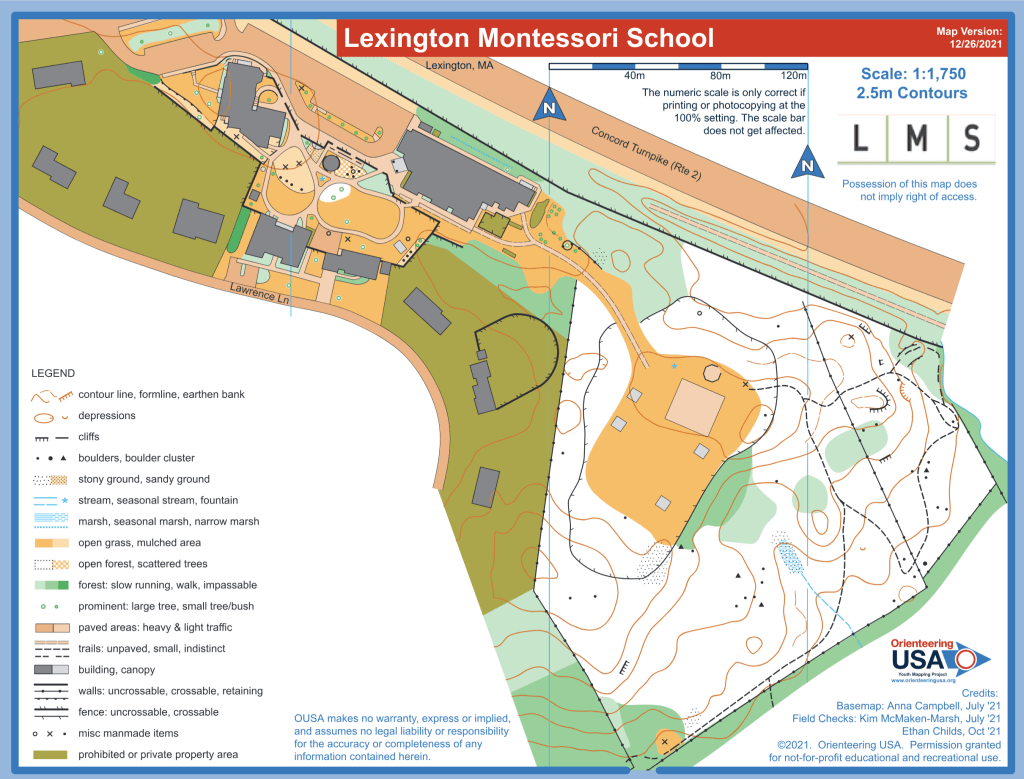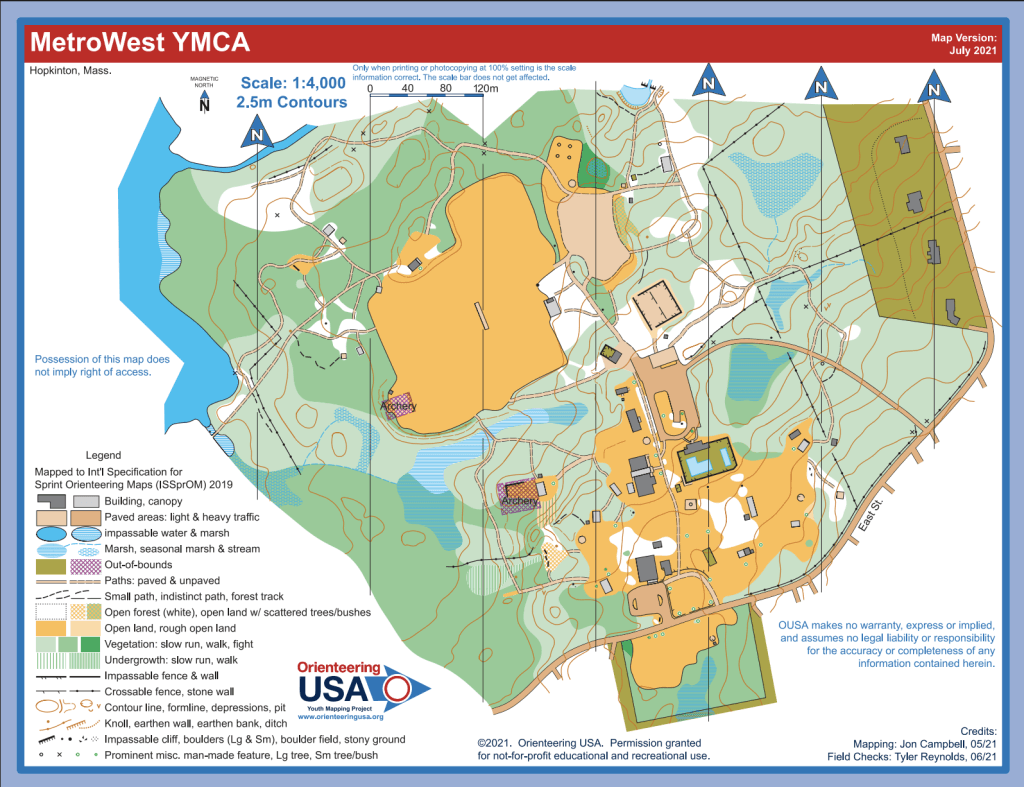YMP December Map of the Month

The Youth Mapping Program December Map of the Month is Wakamatsu Farm in Placerville, CA. Teachers use this map to host orienteering events for local fifth graders. The American River Conservancy also uses the map. By including orienteering programming in their environmental education programs, they have shared this map with hundreds of students.
The best outcomes of having this map are “getting students outdoors and working with maps in a cooperative and fun environment.”
Are you interested in flexing your cartography skills and joining the growing team of YMP mappers? Sign up here.

